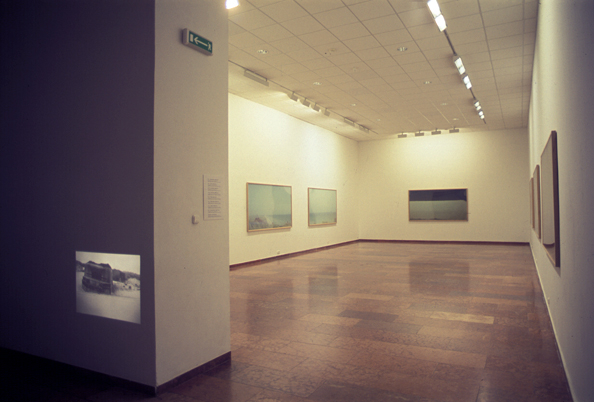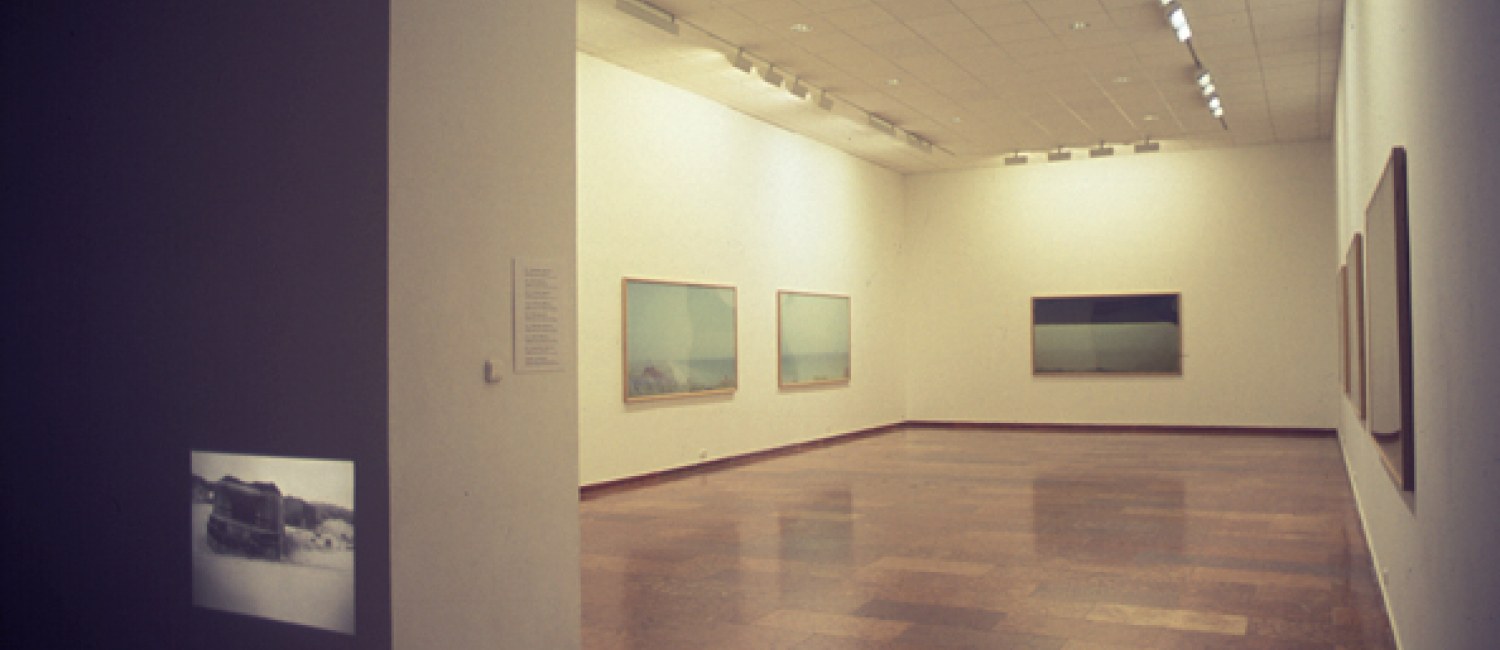”The temporal space of a picture is none other than the world of magic, a world in which everything repeats itself and takes part in a context full of meaning. Such a world distinguishes itself structurally from the world of historical linearity, where nothing repeats itself and everything has a cause and an effect”.
(Vilém Flusser)
What does the present look like from the perspective of the past? The bunkers comprising the Atlantic Wall, built by the Germans during the Second World War as a line of strategic checkpoints ranging from the coast of Norway all the way to France, bear witness to the past. Now, however, having lost their functional value, they remain in many places as architectonically impressive relics. Originally positioned so as to be hidden from enemies, the bunkers were nonetheless well-suited as observation points. Their observational point of view – the “eye” of the bunkers – is actually their most striking feature. And Gábor Ősz has coaxed something clandestine out of them. Applying the “camera obscura” process, the bunkers’ view slowly inscribes itself onto photographic paper. Photos such as these are not merely snapshots, and their intention is not simply to document. Rather, they depict the daily life of the bunkers as an experience of the present. Only the very essential, the lasting, that which repeats itself temporally – the ocean, the beach, certain sections of the bunkers, firmly anchored objects – become visible; all which is temporary disappears. The photographic image is thus reduced to its most basic message; and in this way, it also evokes a connection to the past. The actual view from the bunkers has not really changed that much: the partial view of the landscape as it is today is also the view as it was in the past, even if the people in the surroundings have changed and thus perceive the landscape differently. The bunkers, on the other hand, are unequivocal evidence of a past filled with very concrete, often oppressive memories. The photographic works themselves oscillate between these two poles.
Curator of the exhibition: Dr. Vera Baksa-Soós

